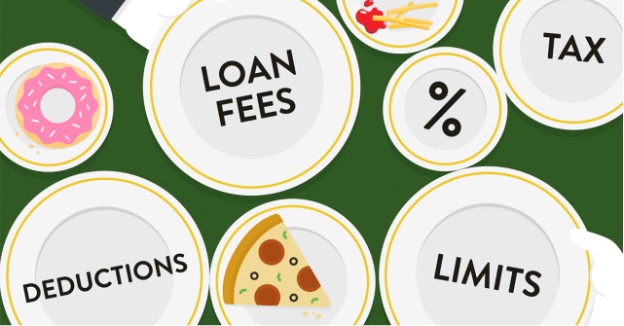-
Personal
Banking
Mortgages
-
Agribusiness
Mortgages
Loans
Farm Transition Program
-
Commercial
Banking
Mortgages
Loans
Business Services
-
Investing
Products -
Community
Community Development
Sponsorship and Donations
Financial Literacy
Volunteerism
Community Reports
Scholarships
Building Communities Grant Program
-
About
Our Roots
Our Communities
Annual Reports
Careers
Diversity and Inclusion
Credit Union Frequently Asked Questions

- Blog
- Life Events
- Student Loans 101
AUTHOR: BRUCE LUEBKE, COMMUNICATIONS AND CONTENT COORDINATOR
A student loan is money that you borrow for your post-secondary education and payback with interest. These loans help pay for tuition, books, room and board, and other education-related costs.
Although all student loans serve the same purpose, they come from two distinct places: the government and private financial institutions, such as Sunrise Credit Union.
Sunrise Credit Union's student loan program is somewhat unique in that StudentLine (URL to Student Loan Program on Website) is a revolving credit line. Students can use the funds in their credit line at any time and can reuse it as soon as you've repaid the borrowed funds. It is easier to manage your debt and can also help reduce interest costs.
For both government and private student loans, you'll need to go through an application process to find out if you're approved and how much money you're allowed to borrow. You'll also learn about repayment terms.
Also, be sure to compare other factors, including loan fees, tax deductions, spending restrictions and prepayment penalties.
Eligibility requirements may also be different for federal and provincial student loans than they are for private lenders. Some of the government criteria may be very basic, like being a full-time student or maintaining good grades. At the same time, other loans are only available based on financial need. Private lenders' requirements are similar to regular personal loans. They may need you to have a good credit score or have a parent co-signer.
If you want to soften the sting of student loan repayment, there are some things you can do. These include applying for every form of scholarship, grant and tuition waiver that you may be eligible.

Other tips that might take a bite out of your total education costs include splitting your studies between two schools. You could attend a more affordable institution for your general education courses and then transferring to your school of choice to complete your degree.
Look for opportunities to earn university credits while still in high school, or by taking summer courses. Not only can this reduce your tuition costs, but it allows you to explore your interests and get a sneak preview of your university workload.
Some schools also offer accelerated programs that enable you to complete a four-year degree in just three years. However, you'll be squeezing more classes into a shorter time. The schedule may make it difficult to work part-time, which might outweigh the potential tuition savings.
This column contained some tips on how you might reduce the burden of student loans to finance your post-secondary education. The number one tip to financing your post-secondary education is simple - borrow only the amount you truly need.
Student loans are designed to pay for school, not to finance the lifestyle you want. Keep living expenses down and borrow only what you need.

